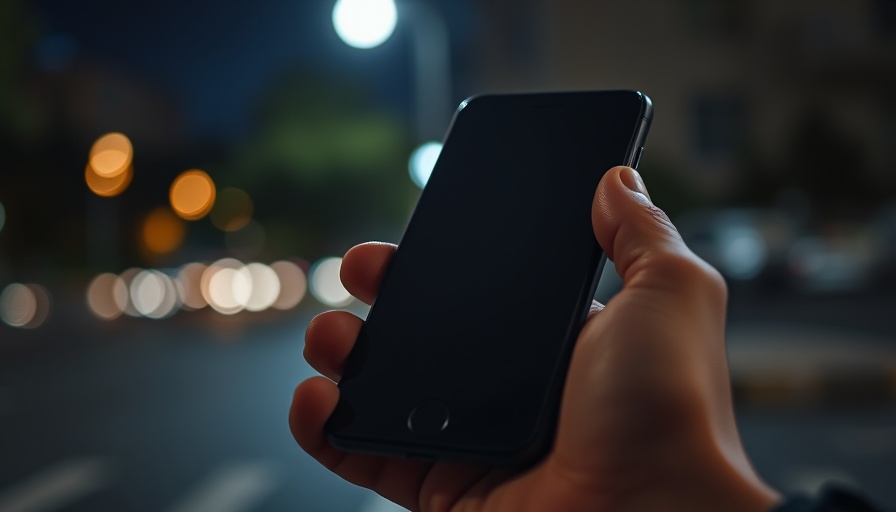
Trump Mobile’s Launch Met with Controversy
On June 17, the Trump Organization introduced its ambitious telecom venture, Trump Mobile, along with the 'T1' smartphone, positioning itself as a challenger in a competitive market. However, the launch took an unexpected twist when keen-eyed users discovered a controversial detail: the coverage map used for the service labeled the body of water south of Texas correctly as the Gulf of Mexico, instead of the Trump-adopted name, the Gulf of America. This oversight not only stirred significant social media buzz but also raised questions about the broader implications of Trump's branding decisions.
The Gulf Name Debate
The incorrect naming of this international body of water on Trump Mobile’s map strikes at a contentious issue that has been a hallmark of the Trump presidency. In 2018, President Trump signed an executive order renaming the Gulf of Mexico to the Gulf of America, a move that was met with widespread criticism both domestically and internationally. The name change aimed to bolster a sense of American pride; however, it has been rebuffed by many in the global community who continue to recognize the body of water by its longstanding name.
Twitter Outrage and Social Media Backlash
Trump Mobile faced immediate backlash from social media users who quickly shared screenshots of the coverage map before it was removed. With the hashtag #GulfOfMexico trending, users were quick to comment on both the irony of the situation and the perceived incompetence of the Trump Organization in navigating such a politically sensitive issue. The situation sparks discourse around the intersection of politics and technology and exposes how branding can be both an asset and a liability for businesses endorsed by political figures.
The Mechanics Behind Trump Mobile
Despite the controversy, Trump Mobile's infrastructure is notable for its reliance on existing cellular networks. Powered by Liberty Mobile Wireless, a small Florida-based operator, Trump Mobile's model illustrates a growing trend within the telecommunication industry. Companies like Liberty Mobile partner with larger carriers to provide services under their own brand, allowing for market entry without the extensive costs associated with building a new network. While the venture promises features like a $499 smartphone, the details surrounding its production remain vague, given the scarcity of domestic smartphone manufacturing in the U.S.
Reflections on National Identity and Consumerism
As debates surrounding the Gulf of Mexico's name continue, Trump Mobile stands as a microcosm of the broader cultural and political landscape under Trump's influence. This episode reflects not only consumer reactions but also how branding and identity resonate deeply in today's social media-driven world. Interestingly, whether through purchasing decisions or political opinions, consumers are often drawn into the narratives shaped by high-profile figures, magnifying the importance of brand perception.
What’s Next for Trump Mobile?
With the coverage map now taken down and public scrutiny of the Trump brand influencing consumer sentiment, the future of Trump Mobile hangs in the balance. How the organization addresses these challenges remains to be seen. Will they continue to venture into a market already fraught with political implications, or will they recalibrate strategies to align with broader consumer interests? Only time will tell as they navigate the waters of consumer acceptance, brand loyalty, and political identity.
 Add Row
Add Row  Add
Add 




 Add Row
Add Row  Add
Add 

Write A Comment